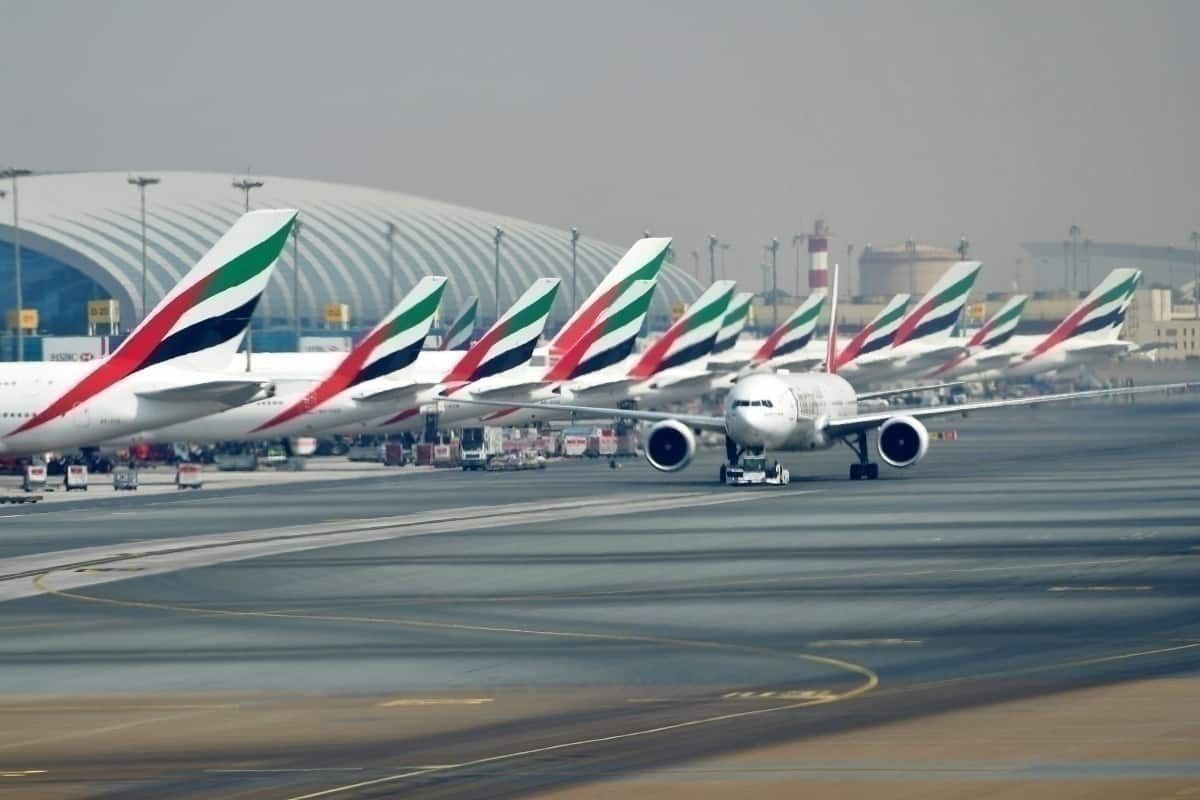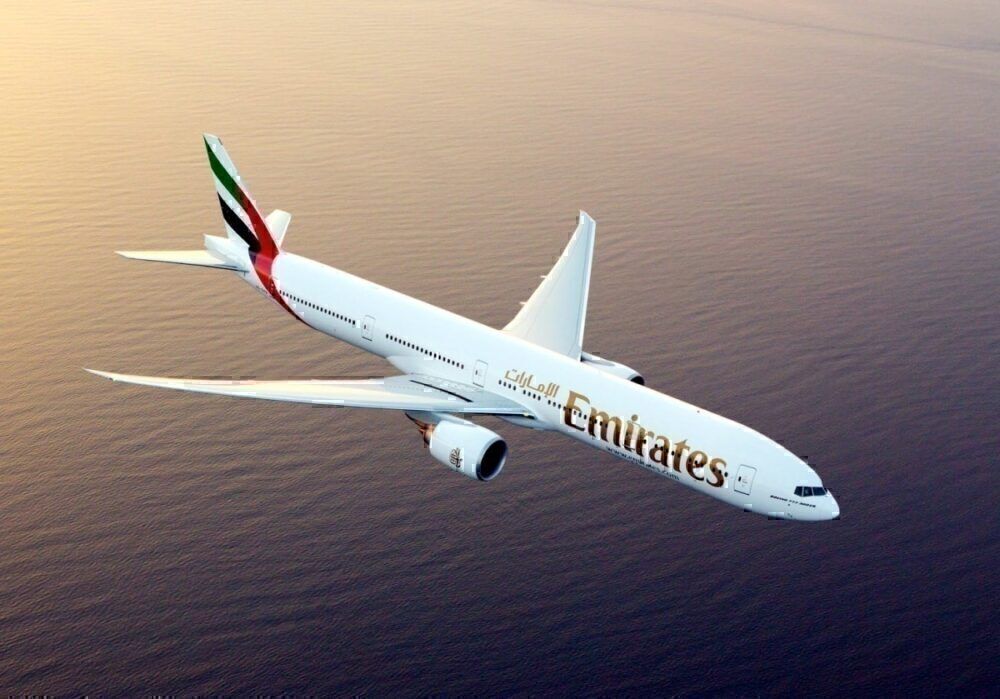With COVID-19 and subsequent travel restrictions leading to reduced passenger demand, it's almost unbelievable that Emirates was able to report an overall profit for its 2019-2020 fiscal year. In fact, its main hub at Dubai International Airport was essentially shut down due to the UAE government's decision to completely suspend passenger services in March. So given all of these factors, how did Emirates pull it off?
Impressive numbers from Emirates' latest report
Releasing its 2019-2020 financials, we see some fairly impressive numbers coming from Emirates. Here are some of the highlights for the airline (not including the rest of the Emirates Group):
- A profit of AED 1.1 billion ($288 million) despite continued "strong competitive pressure" and the unfavorable currency impact.
- An increase of 21% over the previous year's results.
- A profit margin of 1.1% - although the airline notes that profit would have been higher without $300 million in losses due to "fuel hedge ineffectiveness" at year's end.
- The airline achieved an overall load factor of 78.5%, up from 76.8% the year before.
- Emirates even took delivery of six brand new Airbus A380s over the course of the fiscal year.
- Finally, Emirates ended the financial year with "a healthy level" of cash assets to the tune of AED 20.2 billion ($5.5 billion).
Examining the numbers
So how did Emirates pull off such an amazing accomplishment given the devastation of the last two to three months? There are some easy answers to this.
Firstly, Emirates' fiscal year does not align with the calendar year. It actually begins on the first of April, which of course means it wraps up at the end of March. Thus, the significant success of the airline's first three fiscal quarters was able to offset the devastation of the last few months. It should go without saying that the airline's next fiscal year results will be quite different.
Next, the airline saw a decrease in its operating costs compared to the previous year. In fact, it posted a 10% reduction in these costs. Part of this was a decline in the average price of jet fuel by 9%. This, combined with reduced operations, meant that the airline spent 15% less on fuel. This is significant as this accounts for about one-third of the airline's operating costs, which is the largest single operating expense.
On the note of reduced operations, the airline's total passenger and cargo capacity were down by 8%. The airline sees this as 'successful capacity management' in response to the crisis. After all, flying nearly-empty A380s to distant corners of the world while keeping full staff levels would be one quick way to lose money.
Finally, even as a drop in passenger demand was felt, Emirates SkyCargo services were still in demand. The airline reports that this accounts for 13% of the airline’s total transport revenue.
Conclusion
The fact that Emirates was able to post a net profit despite an absolutely devastating fourth quarter speaks volumes about its success during the three quarters prior. Before COVID-19 hit, the airline was expanding impressively with new routes and new partnerships with other carriers.
It should be made clear that this 'fiscal year' ended at the end of March. Therefore, the earnings report for its first quarter of 2020-21 is likely to be quite negative. However, unlike some airlines out there, it looks like Emirates will be able to weather this turbulent period without taking too much damage. The airline has drawn from existing lines of credit and raised additional liquidity through loans. Furthermore, it is in the process of securing more funding as a buffer.
Within a few months, as the UAE Government relaxes its own restrictions, we just might see the airline make a rebound faster than the competition.
What's your reaction to Emirates' numbers? Are you at all surprised or does it all make sense? Let us know in the comments.



